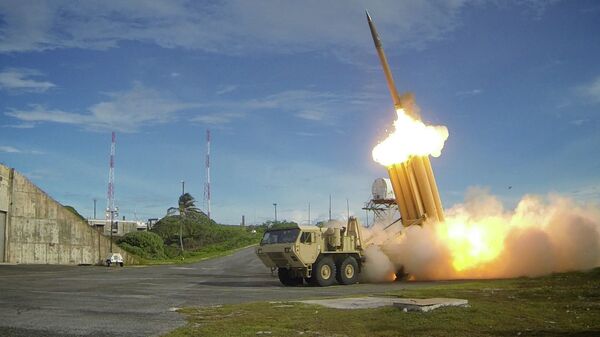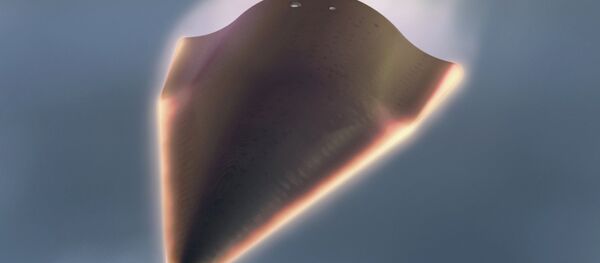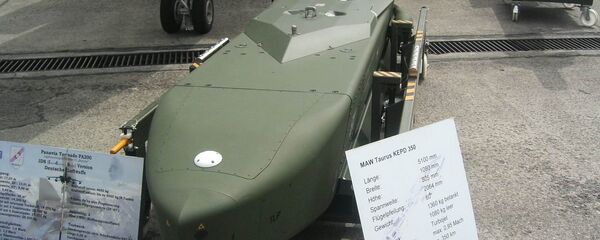In April, Russia successfully carried out the first test flight of a hypersonic Yu-71 glider launched with the use of an RS-18A strategic ballistic missile in the Orenburg Region in the Ural Mountains. The missile accelerated up to 7,000 MPH. Defense analyst Bill Gertz labeled the glider "revolutionary."
Commenting on the tests, Pentagon strategic forces policymaker Mark Schneider, conceded that "US programs involving hypersonic vehicles are modest by comparison.”
Calls quickly followed to boost the US defense budget. The director of the Pentagon's Missile Defense Agency (MDA), Vice Adm. James Syring, urged Congress to allocate at least $23 million for laser interceptors. Lawmakers were also encouraged to fund the development of “a defensive system to defeat boost-glide and maneuvering ballistic missiles."
On Monday, Doug Graham, vice president of missile systems and advanced programs for leading US defense contractor Lockheed Martin, addressed the missile issue at a news conference. Saying that the US military is challenged by “advanced hypersonic, maneuvering threats,” he listed a number of projects being developed in response.
“THAAD-ER is certainly one candidate and one of the more near-term options that the US government has [in order] to begin addressing some of the advanced threats that are emerging,” Graham said.
Talking about THAAD-ER last February, Syring said the project, if approved by Congress, could take ten years to complete.
Lasers are another option the Defense Department is mulling over. Lockheed is working to meet the demand, developing high-power airborne lasers that could destroy hypersonic missiles in the boost phase, before they gain full speed.
“High energy lasers are the fastest, most agile intercept capability that we have,” Graham said.
The MDA is expected to announce contracts for lasers in the next few months, which could result in a serviceable weapon in a decade.
Currently, Lockheed considers its THAAD as the main counter to hypersonic craft. The system is expected to be deployed in South Korea, following a series of provocative nuclear tests conducted by North Korea.




